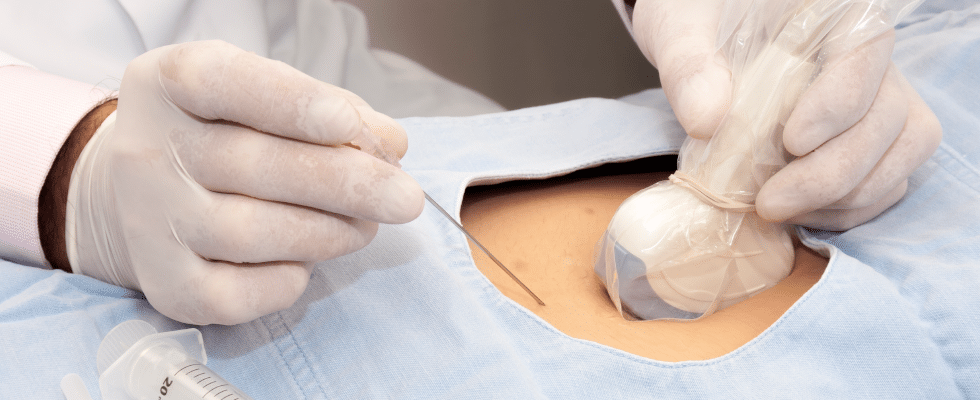
There had to have been countless times when doctors and those involved in medicine in ancient times would say, “If only I could look inside my patient and see what was going on!” We live in a time when seeing inside our patients is not just possible, but becoming more common, especially with the assistance of Point of Care Ultrasound. By using this mobile and effective tool to help patients at their bedside, medical staff can make better decisions about treatment and care. These decisions are true for injuries, illnesses, and conditions all over the body, including use of abdominal POCUS.
Identifying Trauma
When evaluating a patient with abdominal trauma there are many factors at play to evaluate. Point of Care Ultrasound can give a quick look at the organs within this part of the body, but it can also help in cases where there may be abdominal free fluid. According to ICU Management and Practice, “ultrasound allows for the identification of free fluid, quantification of the volume and potentially, the underlying aetiology.” This application has use in emergency room settings for motor vehicle accidents, gunshot wounds, or other trauma may have taken place. Additionally, postoperative patients and conditions like sepsis or pancreatitis may keep a patient in the ICU long term could develop free fluid.
Evaluating Blood Flow and Organ Function
The application of ultrasound to determine the severity and cause of renal failure, acute liver failure, and the presence of a bowel obstruction has been established. However, in many cases, a medical provider may suspect an issue and provide orders for the patient to have an ultrasound done. With point of care ultrasound, medical providers would be trained on performing this scan themselves allowing for issues to be ruled out or confirmed on the spot. There is also the potential use of Doppler to view blood flow across and within the organs contained in the abdominal cavity. Specific application is assessment of GI tract blood flow, hepatic blood flow, and renal blood flow.
Other Applications
In emergency settings, within the hospital and out in the field, it can be crucial to identify specific pieces of information quickly. The first, for female patients, is to determine their pregnancy status. If POCUS is available, a scan can be performed within minutes. Additionally, if a patient may need surgery or another procedure which requires anesthesia, medical staff can assess the contents of the gastrointestinal system. This application could be used in elective preoperative patients as well to ensure the safety of administering anesthesia before surgical procedures. Very soon there will be more information about the use of contrast with POCUS to assess solid organ injuries and renal issues. Contrast is already used in these cases with CT and the use of POCUS instead reduces patient exposure to radiation.
Point of Care Ultrasound can transform the process of diagnosing and treating patients in a number of practices across the country. To learn more about our course on using POCUS or to sign up for our next course, contact us today. You can begin learning today in preparation of in person lab time with us soon.




